QUESTIONING DEATH IN URUGUAY
“Now I have become death, the destroyer of worlds.” [*]
Bhagavad Gita, Mahabharata
The French word nature morte is translated as “ölü doğa” (dead nature) in Turkish. It represents an art wave, which is almost two thousand years old. In English, the word refers to a “still life”. Would I play on words and make it to be perceived as “still-alive”? I don’t know.
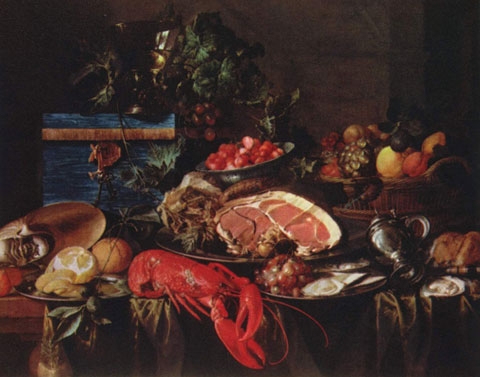
Nature morte, De Heem
To me, nature morte paintings consist of depiction of death prey animals, fruits or in short our food. In fact, plucked fruits never gave me the impression of a death nature. Is a (dead) fruit not considered as dead because its consumption gives life to humans? Or is a green apple falling down from a branch dead?
Or let me ask this question in this manner: To what extend a plucked fruit or vegetable recalls death?
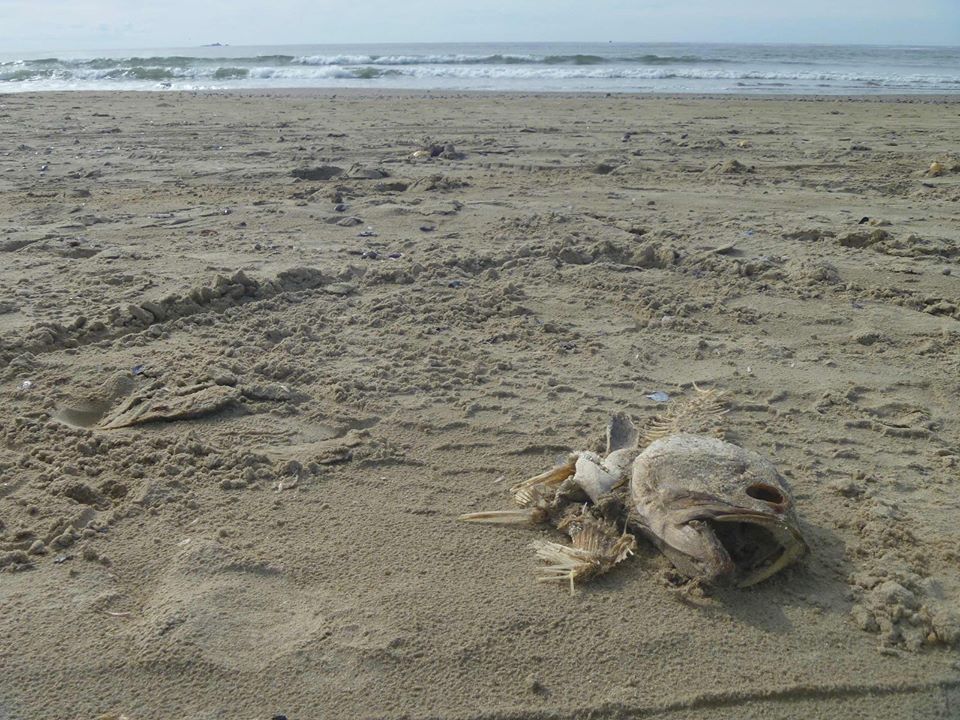
Nevertheless, natural deaths of animals are more associated with death. Carved eyes, a rotten and stinky body, open mouth and a saggy tongue. The only thing we know about death is there is nothing after the moment of death.
I think death is not a part of life but the end of it. Only death of others can be part of your life.

I visited a fishermen’s village called Valizas, located on the oceanic coast in Uruguay. On the following day, I continued to a small hippie settlement, Cobo Polonia, which is about two-three hours of walking distance. While I was walking on the coast, the first thing I came across was a dead sea lion.

I had a close look at the corpse. It began rotting away, became bloated. Scavengers must have visited occasionally but the corpse has not yet totally disintegrated. Bacteria have already started working; probably working from the inside. In short, dead bodies give life to those who are feeding on them. Life (of others) somehow goes on although dead body is most likely not aware of that.
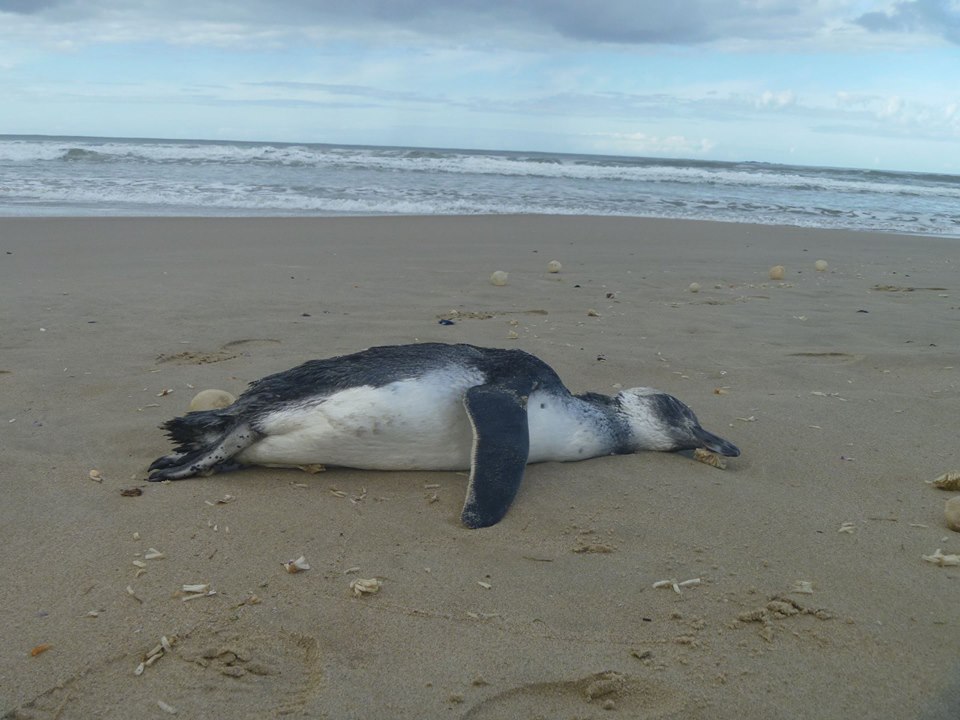
I went on walking. Another dead animal. It was the first penguin that I have ever seen at a close distance. A dead one. That saddened me. I talked to myself that I could not get closer otherwise.
Continued walking. This time I was lucky, because I saw a living one. Fluttering on the beach. Seemed hesitant. Would it be better to land or go back to the sea? As soon as he saw me, he decided quickly and tried to reach the sea heartbreakingly. After a while, he embraced the waves. I hope he would save himself from giant hunter dolphins around.

Eggs of a sea snail, just nearby the dead penguin. Dead and life is in the same frame. Does it remind us that we had been dead before we were born? Perhaps the embryos inside eggs would not be born. Might be consumed by another living thing or might have no chance at all due to the environmental conditions. Could we say that the embryo is alive right now?
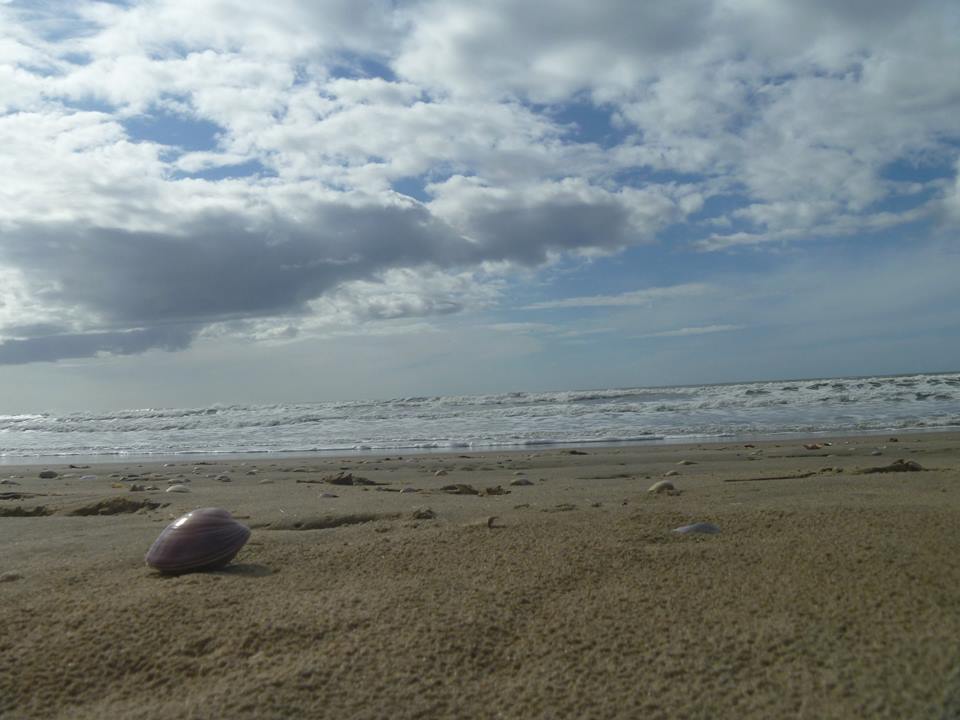
An empty mussel or just a shell. This image felt me well; but where is the living thing inside, who knows? Somehow this was not reminiscent of death. I think this applies to all shells.
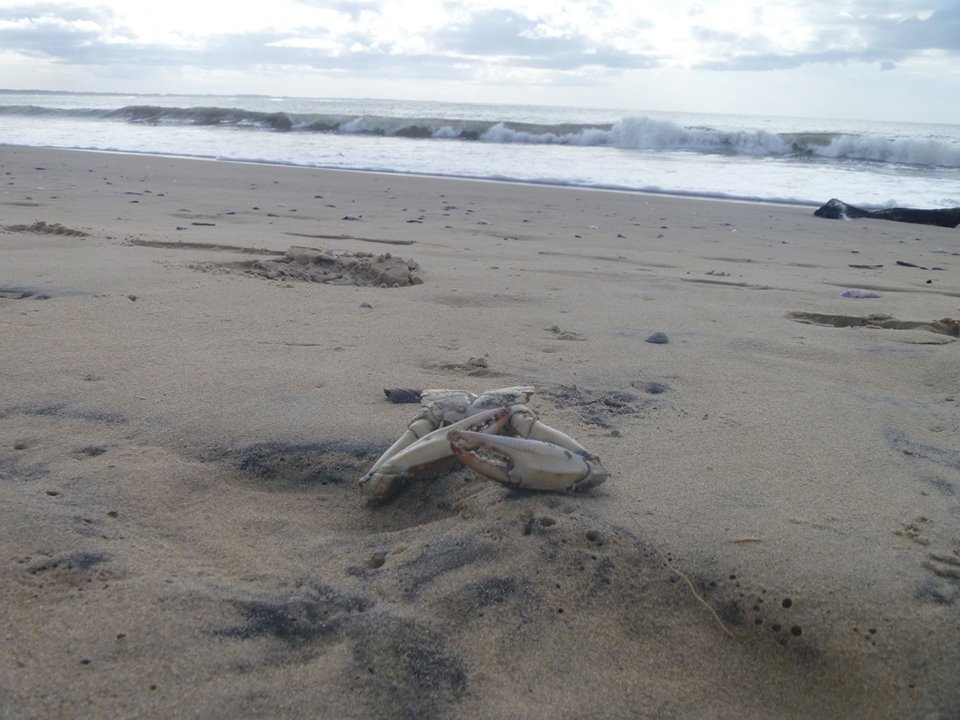
Or a dead crab. Looked interesting to me but it was not dead. Because it did not have a body like us. Do we segregate animals as the most lousy and betrayer species among animals? Plants, shellfish or molluscs. Do they look alive? What do they exactly express?
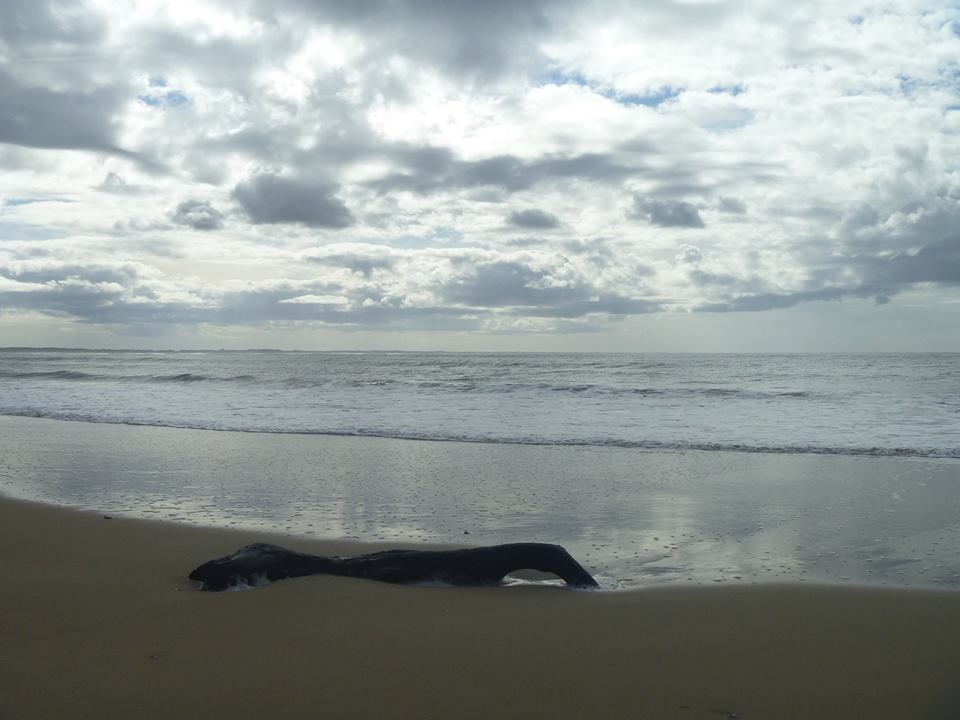
A stranded wood block, dead. Because it reminds us dead at the moment, as an image. It recalls dead in a place that it does not belong to, with its weird position. It would be a home, shelter or habitat for other living things in a forest where it would represent life. Then I guess it would not look so sad to us, would it?
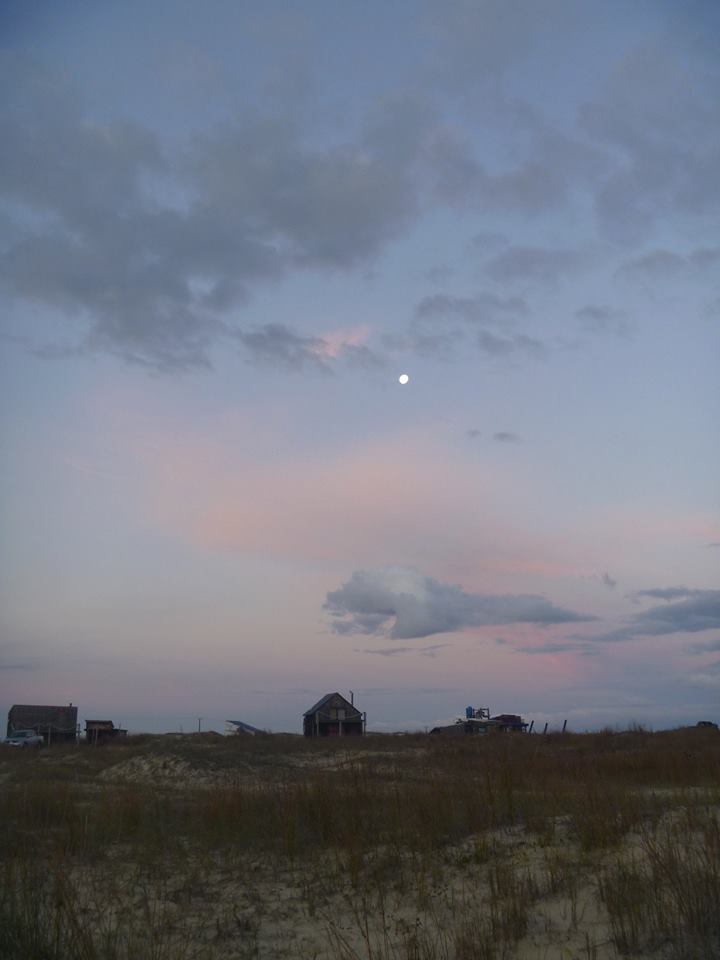
A fool moon obscured by clouds recalls death, doesn’t it? It is a piece of memory in our minds about the Selene myth in the ancient lands of Anatolia?

Fire is supposed to be associated with death. However, we generally gaze the abstract flames of a fire in admiration rather than watching dead wood pieces to disappear. Flames always make us think deeply and so differently. It is because fire protected our prehistoric ancestors or gave them life? Or as a consequence of our cultural ties with Zoroastrianism or Manichaeism?
Let’s not undermine the fact that fire is also used for cremation. However, unlike witch and pikes situation in the Medieval Ages, it seems like a ritual for reincarnation in some faiths, perhaps a necessary means of purification for migration of the soul.
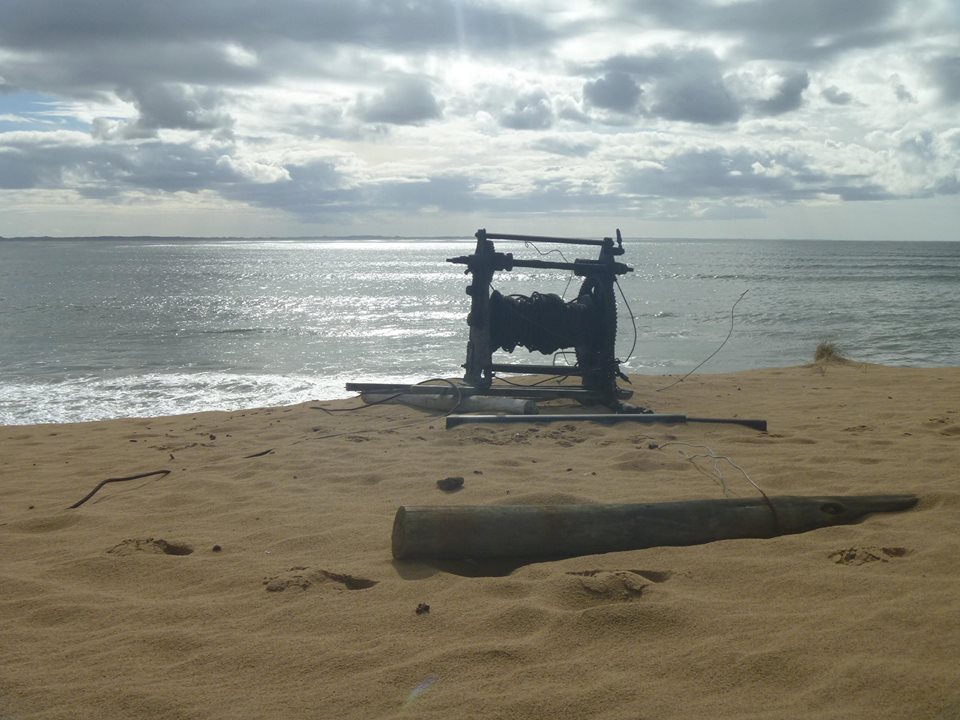
Dead is more likely a cultural phenomenon. We do not prefer to talk it often and openly. Ancient Turks imagined afterlife as a similar to our world or perhaps slightly better place. Obviously the Islamic faith was not able to penetrate our culture of death stemming from our shamanic traditions because how many people around us that live with the dream of heavens? Or how many of them are afraid of burning in hell?
I wish we were able to keep our old beliefs; so that we wouldn’t be fooled by made-up afterlife stories. Then we would pursue a peaceful life in awareness of the fact that we are part of the nature.
Footnotes
[*] Oppenheimer said this after he produced the first nuclear weapon in history.
Bibliography
Movies:
Zardoz, Dir. John Boorman, 1974
Logan’s Run, Dir. Michael Anderson, 1976 (There is also TV serial of the movie)
Seventh Seal, Dir. Ingmar Bergman, 1957
Books:
Turks and the Death, Edward Tryjarski
Mithology:
Epic of Gilgamesh
Orfeus & Euridike
Selena / Hekate
Lazarus, Yuhanna
Translated by Ülke Uysal